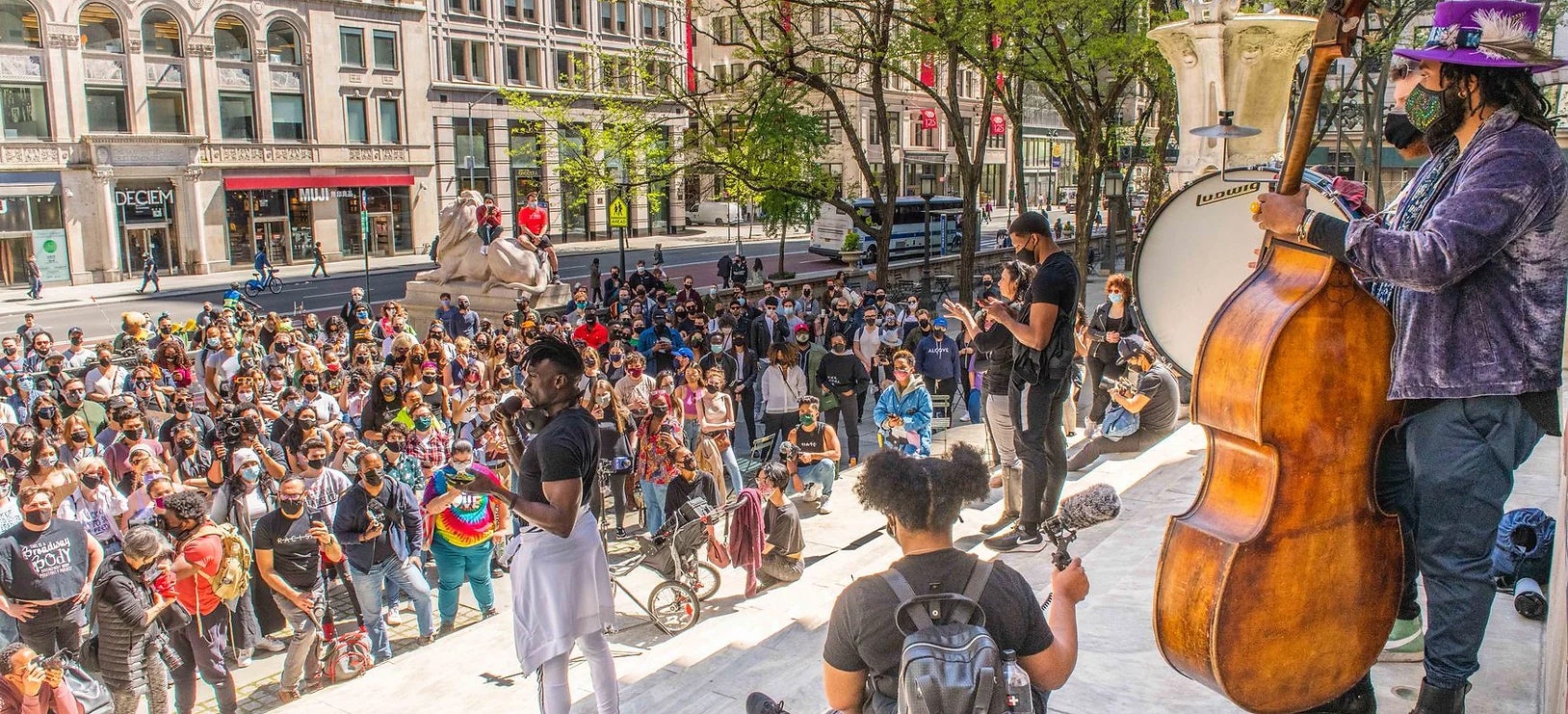In a recent study exploring 50 Black Americans’ perceptions of the arts, some participants at the beginning of their interview shared that they did not consider themselves creative. But as their conversation with the researchers continued, the participants discovered the many ways that creativity and art exist within their lives.
“That’s kind of the beauty of using different types of methods. With the quantitative research, you are able to look at the frequency of different experiences or different types of things people are thinking,” said Melody Buyukozer Dawkins, one of the researchers who authored the study. “But with qualitative research you’re able to bring out those stories and you can have that kind of one-to-one interaction with people.”
Buyukozer Dawkins was speaking on an episode of “CMA Talks,” a podcast hosted by Nichole L. Knight at Chamber Music America.
In the conversation, Buyukozer Dawkins highlights several insights that came out of the project’s free-flowing interviews with people whose perspectives have often been underrepresented in research and the arts. She also tackles how arts organizations might develop stronger relationships with their Black constituents and the importance of helping to lift up voices that have been historically sidelined.
Listen to the full episode on Apple Podcasts and read CMA’s article, “Close Listening,” about the report from the spring issue of Chamber Music America Magazine. You can find the report A Place to Be Heard, A Space to Feel Held: Perspectives on Creativity, Trustworthiness, Welcome, and Well-Being on Wallace’s website.
Top photo by Deb Fong

